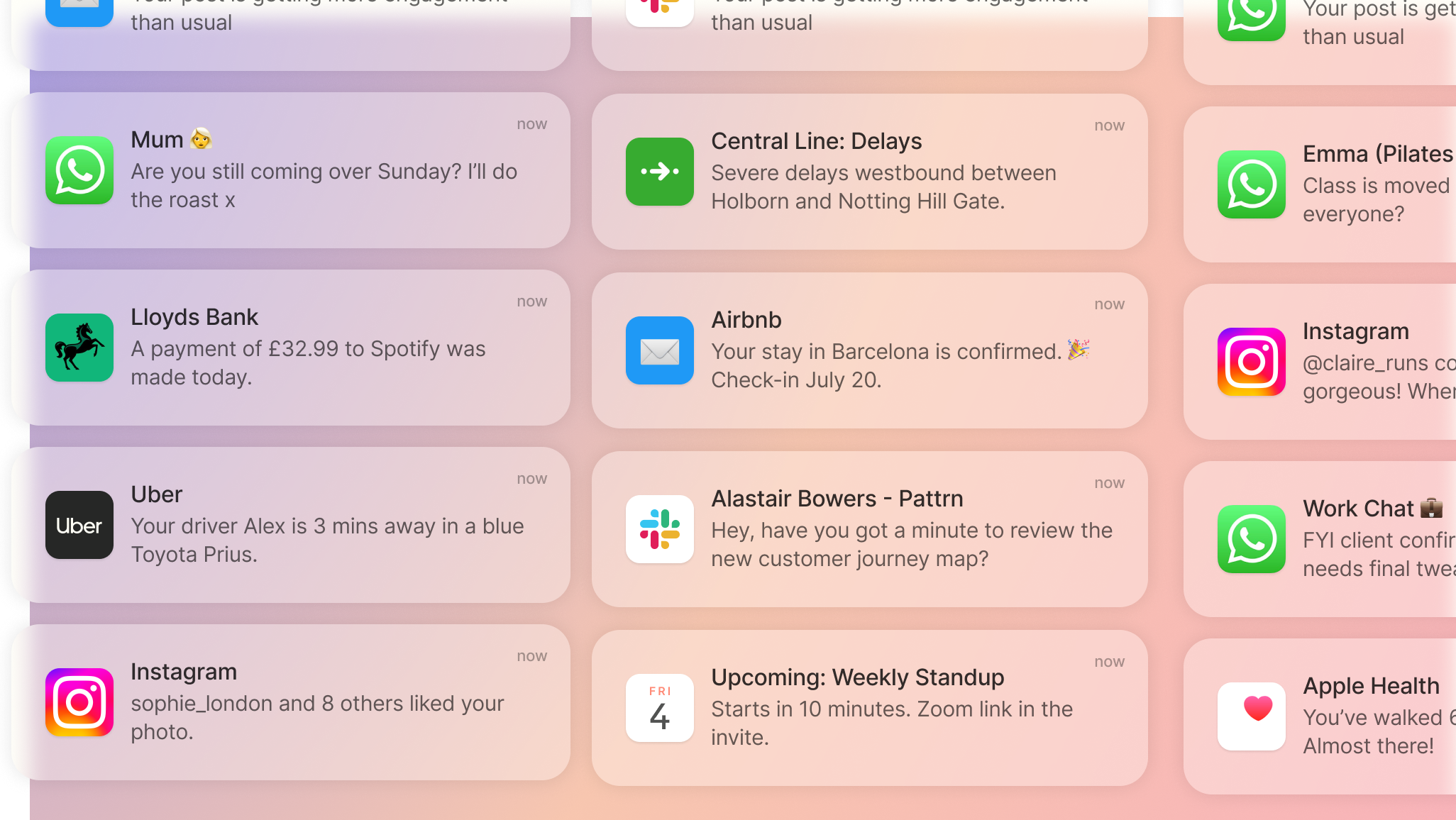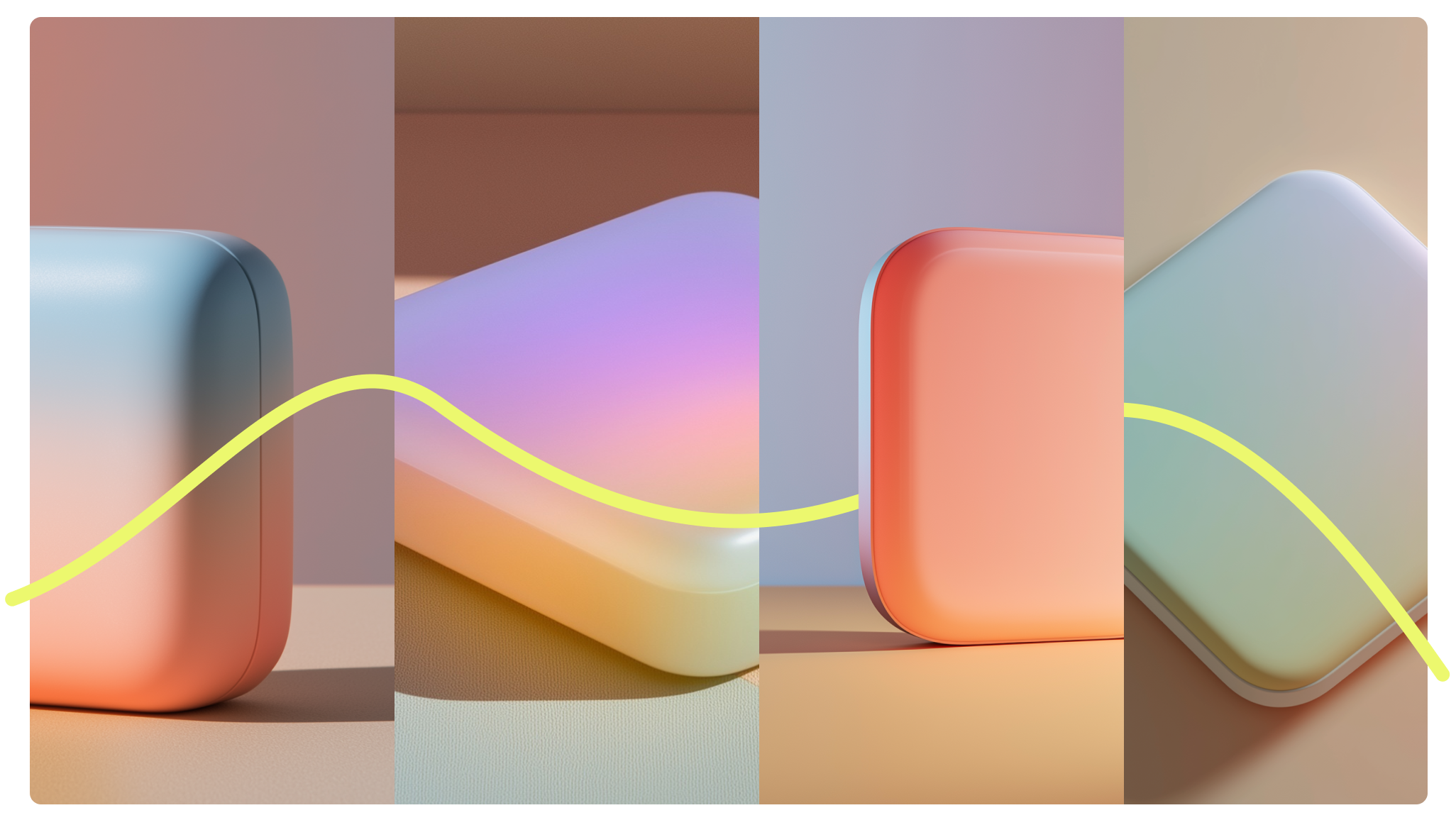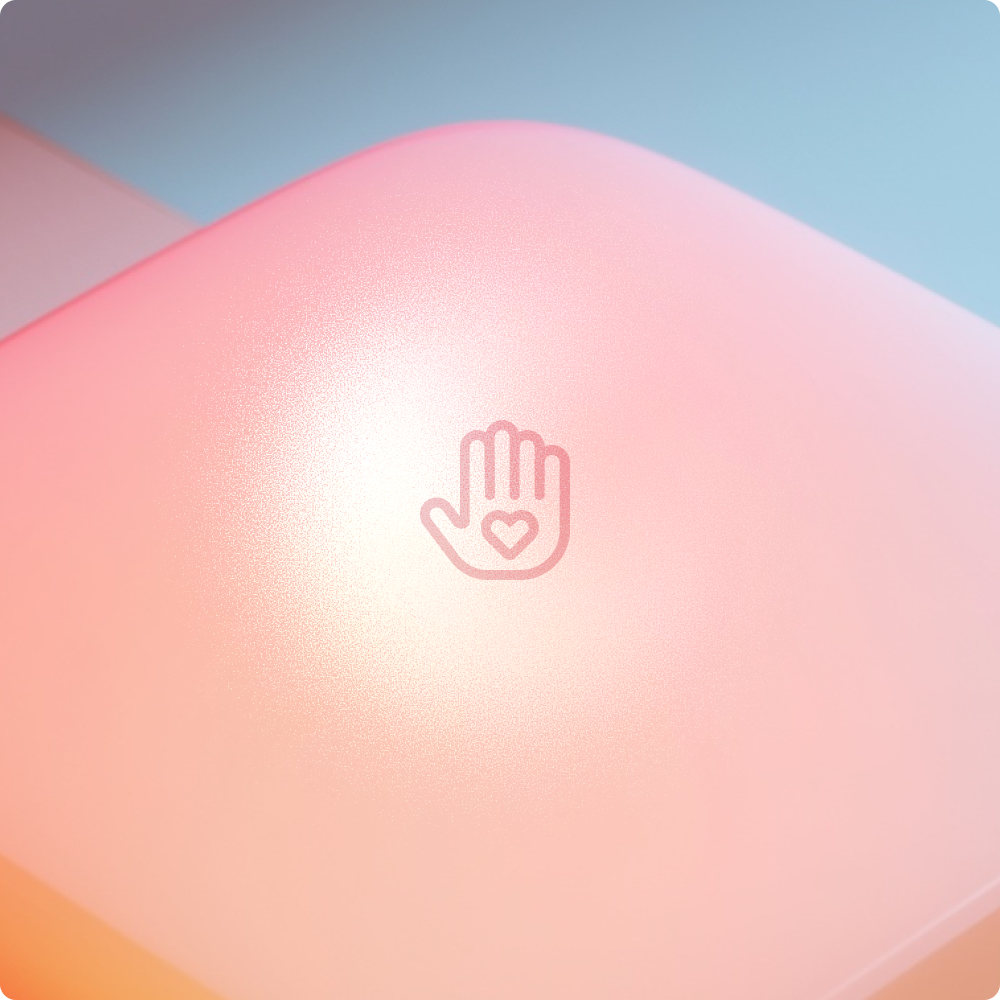Throughout my career, I’ve witnessed major tech shifts that have changed how and what we design for but also how we live. From personal computing to the internet, smart phones, and now AI, these changes come faster and impact us deeply. They alter our behaviour in both good and bad ways. As a designer, each challenge makes work and life more interesting. The pace of change seems to be accelerating, and none of these shifts have prompted us to question our work and existence like AI has.
Now, Jony Ive and Sam Altman are stepping on stage with a bold vision to tackle our problems - without the awkward Microsoft dance, thank goodness.
Now, Jony Ive and Sam Altman are stepping on stage with a bold vision to tackle our problems - without the awkward Microsoft dance, thank goodness.
In this article, I’ll speculate on what a new era of interaction could be with a new AI companion that knows our daily habits and patterns. I’ll define the problems Sam Altman and Jony Ive are solving, what we know about their vision and what we can imagine they’re considering.

Problem Landscape
Innovations often take time to reveal their long-term effects on our health; physical, mental and societal. Recently, we’ve begun to see some of the negative impacts of these tech waves.
“46% of 16-21-year-olds in the UK say they’d prefer to live in a world without the internet, citing stress, distraction, and anxiety.”
Source: British study cited in The New Yorker, 2024
With countless distractions, it feels like we’re nearing our limits. Devices meant to liberate us have turned into traps, exploiting our dopamine cravings.
Digital services promise free utility but exploit our data. Our phones know us intimately, but the benefits of self-improvement feel insincere, leading to a breakdown of trust and privacy.
This cold relationship with technology creates a strange double life for many, especially younger people facing anxiety in both digital and real-world spaces. Gone are the days of carefree exploration and growth.
On a brighter note, it seems Jony Ive and Sam Altman’s vision could usher in a new era of human-tech interaction. With a hopeful yet slightly cynical lens, I’ve pondered what this new relationship might bring.
Digital services promise free utility but exploit our data. Our phones know us intimately, but the benefits of self-improvement feel insincere, leading to a breakdown of trust and privacy.
This cold relationship with technology creates a strange double life for many, especially younger people facing anxiety in both digital and real-world spaces. Gone are the days of carefree exploration and growth.
On a brighter note, it seems Jony Ive and Sam Altman’s vision could usher in a new era of human-tech interaction. With a hopeful yet slightly cynical lens, I’ve pondered what this new relationship might bring.

What we know about their vision
Altman and Ive plan to introduce a small, screen-free “AI companion” as their first product. This device will feature elegant design and environmental awareness. It aims to reduce cognitive load and reshape our tech connection. Their ambitious vision raises significant technical, operational and ethical questions. Here’s what we know so far:
Completely new device category
Altman insists it’s not a phone or glasses but a “third core” device that complements smartphones and laptops. Ive has reportedly captivated Altman’s imagination with an early prototype.
Minimal, screen-free, pocket-sized design
The first device will be compact and screen-free, possibly as small as an iPod Shuffle or pen, equipped with cameras and microphones for awareness.
Ambient, contextually aware AI
It listens, senses contexts, and acts on its own. Altman describes it as an “AI companion” designed to help with tasks beyond traditional computing.
Ultra-high scale & timeline
OpenAI aims to ship 100 million devices “faster than any company” has before, targeting a launch by late next year or early 2027.
Strategic vertical integration
The $6.5 billion acquisition of Ive’s startup io merges design and hardware to integrate OpenAI’s models with new hardware platforms.
Countering screen fatigue
The device addresses our screen over-reliance, offering a more natural way to access intelligence.
Thoughtful, joyful design
Guided by Ive’s minimalist style and Altman’s focus on emotional impact, it aims to be "unobtrusive," “optimistic,” and restore "human achievement" in tech interactions.
Learning from failures
Ive has openly critiqued the Humane AI Pin and Rabbit R1 as "very poor products," highlighting the need to exceed previous prototypes.
Underlying infrastructure concerns
Despite its minimalist design, the device will rely on extensive cloud infrastructure, raising questions about its environmental impact and AI spread.

Principles to guide the design
Innovations often take time to reveal their long-term effects on our health; physical, mental and societal. Recently, we’ve begun to see some of the negative impacts of these tech waves.
Start with the human
Technology should serve, not steal our attention. We design for presence, not addiction. Our products help people live intentionally and connect deeply.
Quiet and understanding
The best interface is no interface. The most powerful systems are the quietest ones. Our AI listens, understands and acts when needed. We prefer ambient intelligence over artificial dominance.
Know me, respect me
Personalisation without intrusion. Our systems learn from you to understand, not exploit. Your data is yours. Privacy is a foundation, not a feature.
Delight in the subtle
Beauty exists in the smallest moments. We believe in gentle interactions - a vibration or a shift in light. These are not details, they are experiences.
Whole-system thinking
The experience is not the device; it’s the system around it. Hardware, software, AI, service and language must work together. We don’t build features, we create ecosystems.
Where might the value be
If Jony Ive and Sam Altman are redesigning the companion experience from scratch, the hardware may just be a vessel. The real disruption will arise from new digital services that come from an AI-native, emotionally aware and actively-sensing device.Here are five potential services that might emerge.
Personal AI concierge
This service understands your routines, goals, emotions, and context, managing your schedule and information flow.
Think: More than Siri. A relationship. It filters your inbox, books travel based on your mood and budget, rewrites messages, prepares you for meetings and says “no” on your behalf.

Agent-based app ecosystem
Instead of launching apps, users could summon their agent for tasks: “Find me a quiet restaurant tonight, within 15 minutes of home, with outdoor seating and good reviews from couples.”
Think: Apps shift from being standalone tools and destinations to being background services that fulfil your intent.

Emotionally aware tools
These tools adapt to our emotional states, like messaging platforms that adjust tone or delay delivery based on emotions.
Think: "Don’t send this now - you're upset." Or "Read this later, when you're feeling more relaxed."

Privacy-centric identity & data broker
A personal data vault that negotiates your data sharing with third parties. You control and monetise what gets shared.
Think: You approve what Amazon or Meta learns about you-with full audit trails and the power to revoke.

Ambient social layer
This new social layer that focuses on presence, real connections, shared context and not performance or status. It protects you from social media anxiety by advising on and filtering inbound and outbound social media interactions.
Think: No likes. No feeds. Just shared moments that mean something to the people they matter to.
Personal wellness intelligence
Subtle, continuous support for your mental and physical health through environmental cues, habit nudges, and smart recommendations.
Think: “You’ve had poor sleep and a tense morning, here’s a 3-minute breathing prompt and silence mode for the next hour.”

Adaptive learning & development coach
A continuous, contextual learning engine that surfaces knowledge based on your interests, conversations or goals.
Think: Spotify Discover, but for growing your mind. Passive learning, summarised insights, even simulated conversations with experts.

In conclusion
Paradigm shift or shifty new wolf in sheep's clothing?
The big question isn't whether they can build it. It's whether they can build it without compromising us in the process. If they manage to put principles before profit - and still thrive - they’ll earn something rare: our permission to become part of our lives. If not, we’re just trading one form of overload for another.






